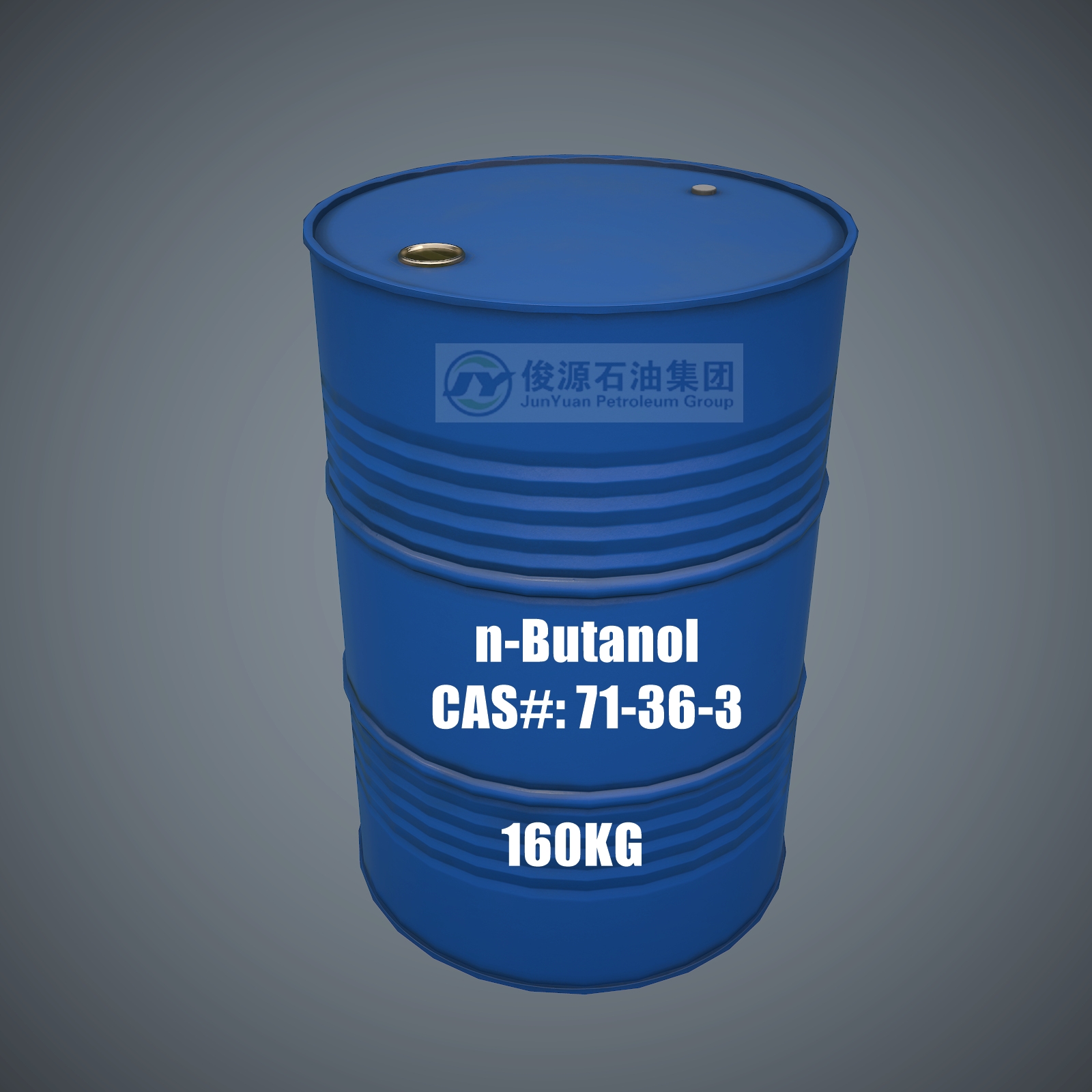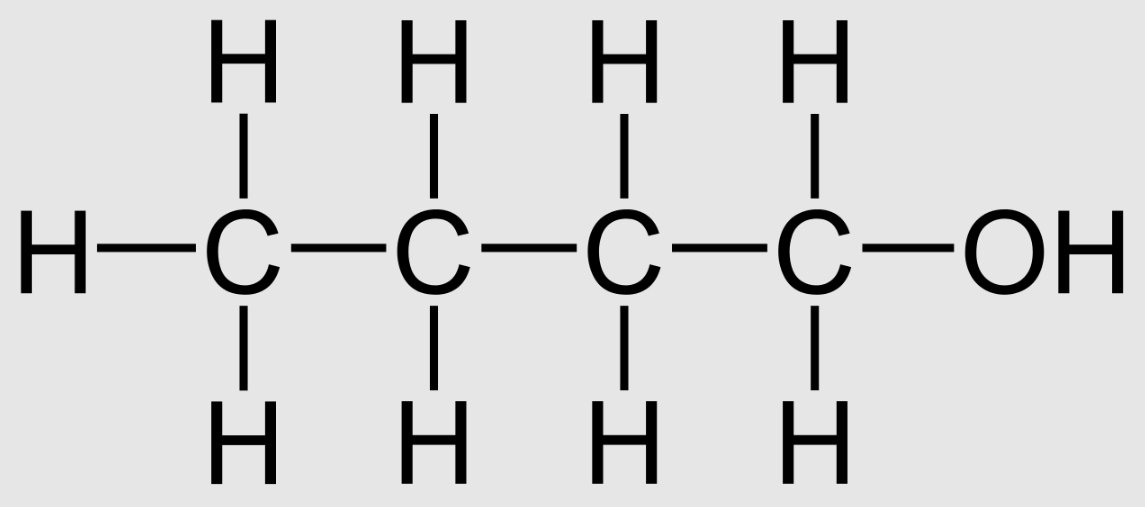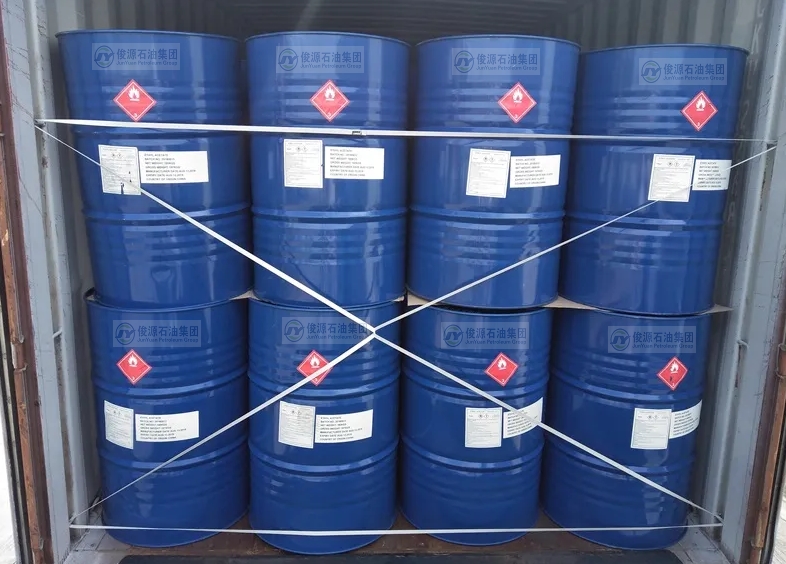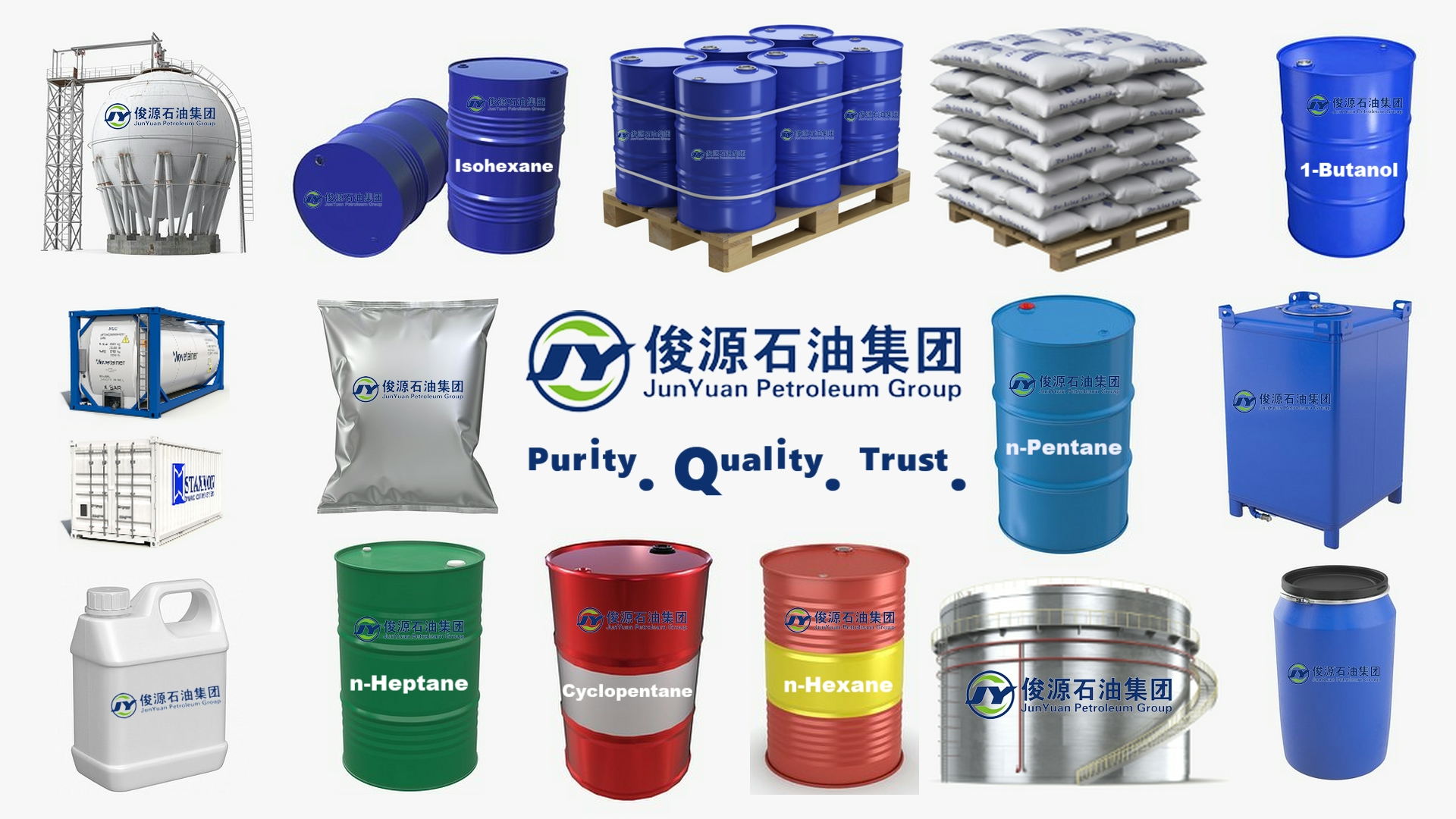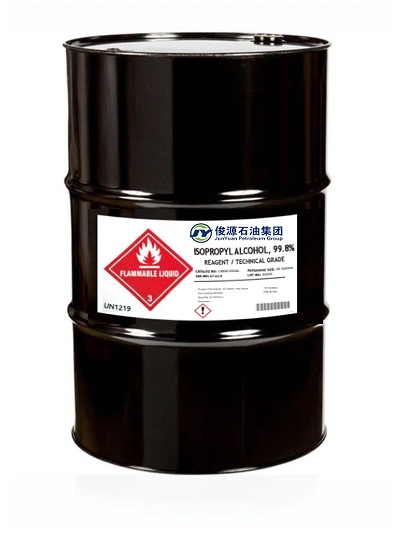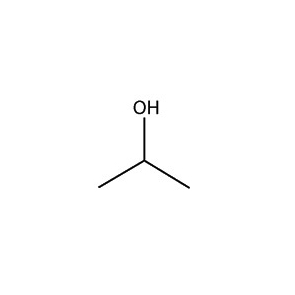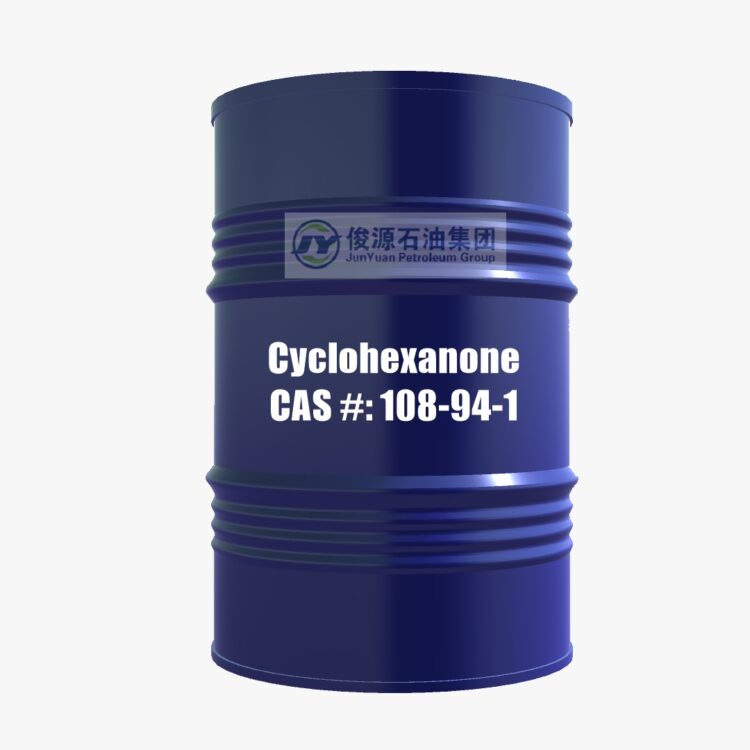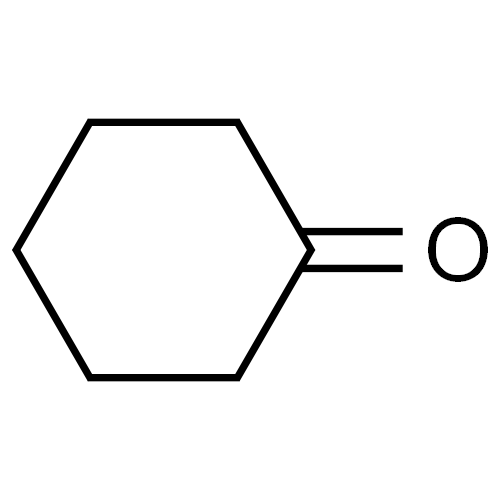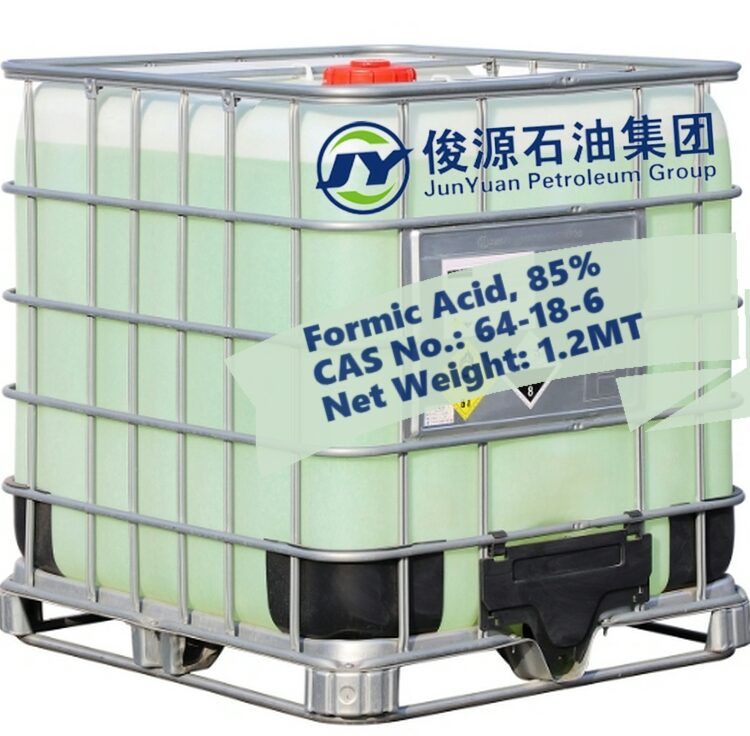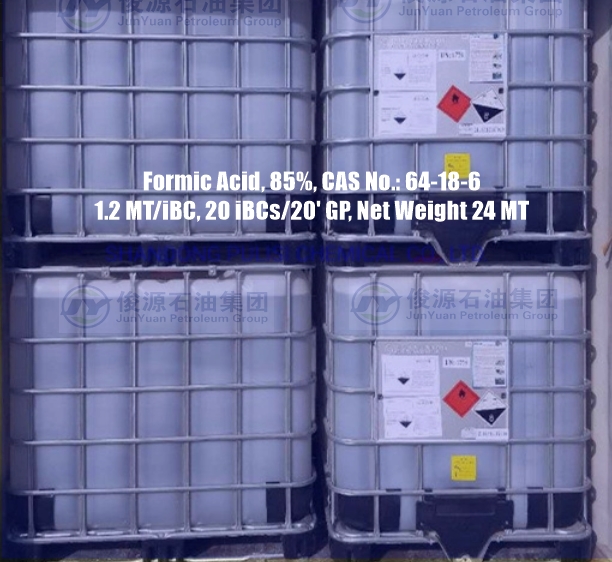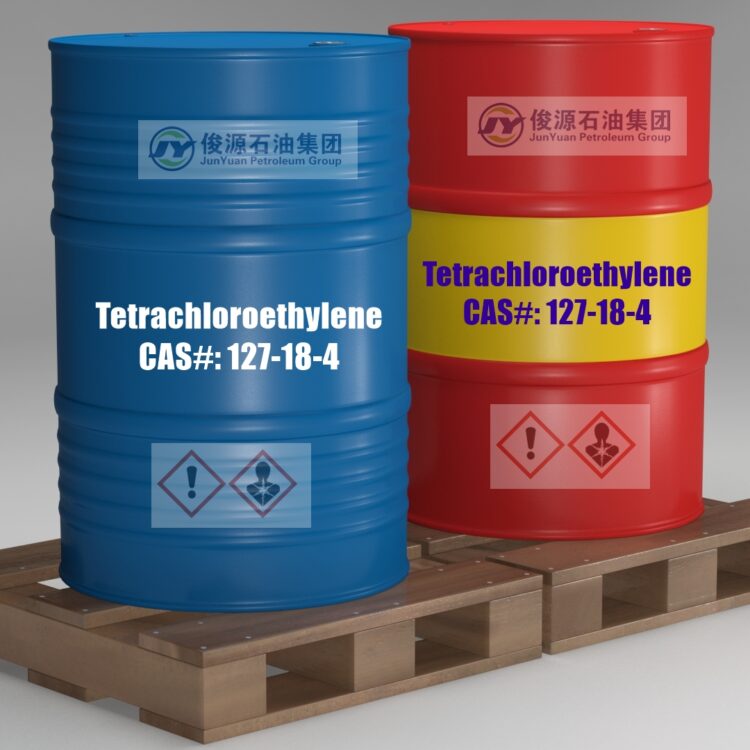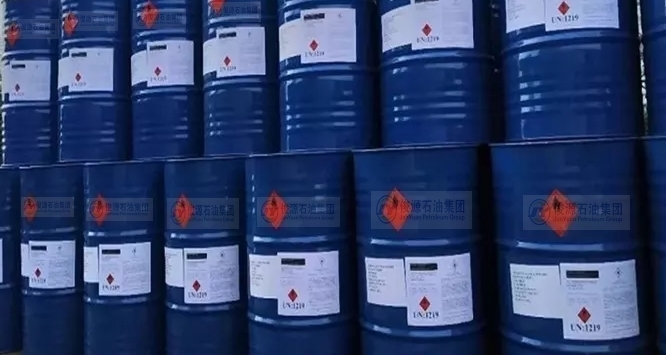1-Butanol
1-Butanol, which is also known as n-butanol or 1-butanol or butyl alcohol (sometimes also called biobutanol when produced biologically), is an alcohol with a 4 carbon structure and the molecular formula of C4H10O. It is primarily used as a solvent, as an intermediate in chemical synthesis, and as a fuel.
- Assay (GC): 99.9% min
- Synonyms: n-Butanol, Butyl alcohol, Butylic alcohol, n-Propylcarbinol
- CAS No: 71-36-3
- DG Class: 3 – Flammable Liquid
- Molecular Formula: C4H10O
- IMDG Identification :UN No.:1120 , IMCO Class No.:3 , Packing Group:III, HSN Code : 29051300, Shelf Life : 60 Months, Storage : Room Temperature, Molecular Weight : 74.12
Description
1-Butanol occurs naturally as a minor product of the fermentation of sugars and other carbohydrates, and is present in many foods and beverages.
Chemical Information
| Molecular Weight | 74.12 | ||
|---|---|---|---|
| Formula | C4H10O | ||
| CAS No. | 71-36-3 | ||
| Storage | 3 years | -20°C | powder |
| 2 years | -80°C | in solvent | |
| Smiles | CCCCO | ||
1-Butanol, 99%
Chemical Properties
Applications
1-Butanol is used as a solvent for many organic reactions in pharmaceutical and chemical industry, as a solvent in coating industries and also used as a diluent/reactant in the manufacture of urea-formaldehyde and melamine-formaldehyde resins. It is used in the production of drugs, alkaloids, additive in floor cleaners, consumer products and stain removers. It is used as a mobile phase in paper and thin layer chromatography. It is also used as an alternative for gasoline and diesel fuels.
Notes
GHS Hazard and Precautionary Statements
Hazard Statements: H226-H302-H313-H315-H318-H335-H336
Flammable liquid and vapour. Harmful if swallowed. May be harmful in contact with skin. Causes skin irritation. Causes serious eye damage. May cause respiratory irritation. May cause drowsiness or dizziness.
Precautionary Statements: P210-P240-P241-P242-P243-P264b-P270-P271-P280-P303+P361+P353-P304+P340-P305+P351+P338-P310-P330-P362+P364-P403+P233-P501c
Keep away from heat/sparks/open flames/hot surfaces. – No smoking. Ground/bond container and receiving equipment. Use explosion-proof electrical/ventilating/lighting/ equipment. Use only non-sparking tools. Take precautionary measures against static discharge. Wash face, hands and any exposed skin thoroughly after handling Do not eat, drink or smoke when using this product. Use only outdoors or in a well-ventilated area. Wear protective gloves/protective clothing/eye protection/face protection. IF ON SKIN (or hair): Remove/Take off immediately all contaminated clothing. Rinse skin with water/shower. IF INHALED: Remove to fresh air and keep at rest in a position comfortable for breathing. IF IN EYES: Rinse cautiously with water for several minutes. Remove contact lenses, if present and easy to do. Continue rinsing. Immediately call a POISON CENTER or doctor/physician. Rinse mouth. Take off contaminated clothing and wash before reuse. And wash it before reuse. Store in a well-ventilated place. Keep container tightly closed. Dispose of contents/ container to an approved waste disposal plant
Other References
| Specifications | ||||||||||||||||||||||||||||||||||||||||
|
||||||||||||||||||||||||||||||||||||||||
1-Butanol
MSDS Name: 1-Butanol
Synonyms: n-Butanol; 1-Butanol; n-Butyl alcohol; 1-Butyl alcohol; Butyl hydroxide; 1-Hydroxybutane; Methylolpropane; n-Propylcarbinol; Propylmethanol; Butyric alcohol.
| CAS# | Chemical Name | Percent | EINECS/ELINCS |
| 71-36-3 | n-Butyl alcohol | > 99 | 200-751-6 |
Warning! Causes severe eye irritation and possible eye injury. Flammable liquid and vapor. Breathing vapors may cause drowsiness and dizziness. Causes skin and respiratory tract irritation. May be harmful if swallowed. Aspiration hazard if swallowed. Can enter lungs and cause damage. May cause central nervous system depression.
Target Organs: Central nervous system, respiratory system, eyes, skin.
Potential Health Effects
Eye: Causes severe eye irritation. May cause corneal edema and inflammation. May cause lacrimation (tearing), blurred vision, and photophobia. Vapors appear to cause a special vacuolar keratopathy in humans.
Skin: Causes skin irritation. Skin absorption is slight. Repeated or prolonged exposure may cause drying and cracking of the skin. Although n-butanol can enter the circulation after topical application, the absorbed dose is insignificant compared to that from other routes.
Ingestion: May cause central nervous system depression, characterized by excitement, followed by headache, dizziness, drowsiness, and nausea. Advanced stages may cause collapse, unconsciousness, coma and possible death due to respiratory failure. Aspiration of material into the lungs may cause chemical pneumonitis, which may be fatal. May be harmful if swallowed.
Inhalation: Causes respiratory tract irritation. May cause cardiovascular disturbances, hearing abnormalities, central nervous system depression, muscle weakness, and possible death due to respiratory failure. May be absorbed through the lungs.
Chronic: Prolonged or repeated skin contact may cause defatting and dermatitis. May cause damage to the auditory nerve (some hearing loss) and vestibular injury. Animal evidence suggests that fetotoxicity and teratogenicity may be observed at doses that also cause harmful effects in the mothers. The systemic toxicity of n-butanol is low, although it may potentiate the hepatic (liver) toxicity of other inhaled compounds, such as carbon tetrachloride.
Eyes: In case of contact, immediately flush eyes with plenty of water for a t least 15 minutes. Get medical aid immediately.
Skin: In case of contact, flush skin with plenty of water. Remove contaminated clothing and shoes. Get medical aid if irritation develops and persists. Wash clothing before reuse.
Ingestion: Potential for aspiration if swallowed. Get medical aid immediately. Do not induce vomiting unless directed to do so by medical personnel. Never give anything by mouth to an unconscious person. If vomiting occurs naturally, have victim lean forward.
Inhalation: If inhaled, remove to fresh air. If not breathing, give artificial respiration. If breathing is difficult, give oxygen. Get medical aid.
Notes to Physician: Alcoholic beverage consumption may enhance the toxic effects of this substance. Persons with liver, kidney, or central nervous system diseases may be at increased risk from exposure to this product. Butanol is especially toxic if aspirated. Treat symptomatically and supportively.
General Information: As in any fire, wear a self-contained breathing apparatus in pressure-demand, MSHA/NIOSH (approved or equivalent), and full protective gear. Use water spray to keep fire-exposed containers cool. Flammable liquid and vapor. Vapors are heavier than air and may travel to a source of ignition and flash back. Vapors can spread along the ground and collect in low or confined areas.
Extinguishing Media: Use water spray, dry chemical, carbon dioxide, or appropriate foam.
Flash Point: 35 deg C ( 95.00 deg F)
Autoignition Temperature: 343 deg C ( 649.40 deg F)
Explosion Limits, Lower:1.4 vol %
Upper: 11.2 vol %
NFPA Rating: (estimated) Health: 2; Flammability: 3; Instability: 0
General Information: Use proper personal protective equipment as indicated in Section 8.
Spills/Leaks: Absorb spill with inert material (e.g. vermiculite, sand or earth), then place in suitable container. Remove all sources of ignition. Provide ventilation. Use only non-sparking tools and equipment.
Handling: Wash thoroughly after handling. Remove contaminated clothing and wash before reuse. Ground and bond containers when transferring material. Use spark-proof tools and explosion proof equipment. Avoid contact with eyes, skin, and clothing. Empty containers retain product residue, (liquid and/or vapor), and can be dangerous. Do not ingest or inhale. Do not pressurize, cut, weld, braze, solder, drill, grind, or expose empty containers to heat, sparks or open flames. Use only with adequate ventilation. Keep away from heat, sparks and flame.
Storage: Keep away from heat, sparks, and flame. Keep away from sources of ignition. Store in a cool, dry, well-ventilated area away from incompatible substances.
Engineering Controls: Use process enclosure, local exhaust ventilation, or other engineering controls to control airborne levels below recommended exposure limits. Facilities storing or utilizing this material should be equipped with an eyewash facility and a safety shower.
Exposure Limits
| Chemical Name | ACGIH | NIOSH | OSHA – Final PELs |
| n-Butyl alcohol | 20 ppm TWA | 1400 ppm IDLH | 100 ppm TWA; 300 mg/m3 TWA |
OSHA Vacated PELs: n-Butyl alcohol: No OSHA Vacated PELs are listed for this chemical.
Personal Protective Equipment
Eyes: Wear chemical splash goggles.
Skin: Wear appropriate protective gloves to prevent skin exposure.
Clothing: Wear appropriate protective clothing to prevent skin exposure.
Respirators: A respiratory protection program that meets OSHA’s 29 CFR 1910.134 and ANSI Z88.2 requirements or European Standard EN 149 must be followed whenever workplace conditions warrant respirator use.
Physical State: Liquid
Appearance: colorless
Odor: vinous or wine-like
pH: Not available.
Vapor Pressure: 6.7 mm Hg @ 25 deg C
Vapor Density: 2.6 (Air=1)
Evaporation Rate:0.46 (Butyl acetate=1)
Viscosity: 2.94 cP at 20 deg C
Boiling Point: 116 deg C
Freezing/Melting Point:-89.5 deg C
Decomposition Temperature:Not available.
Solubility: Slightly soluble.
Specific Gravity/Density:0.8100 (Water=1)
Molecular Formula:C4H10O
Molecular Weight:74.12
Chemical Stability: Stable under normal temperatures and pressures.
Conditions to Avoid: Ignition sources, excess heat, confined spaces.
Incompatibilities with Other Materials: Strong oxidizing agents, strong acids, alkali metals, halogens.
Hazardous Decomposition Products: Carbon monoxide, irritating and toxic fumes and gases, carbon dioxide.
Hazardous Polymerization: Will not occur.
RTECS#:
CAS# 71-36-3: EO1400000
LD50/LC50:
CAS# 71-36-3:
Draize test, rabbit, eye: 2 mg Severe;
Draize test, rabbit, eye: 2 mg/24H Severe;
Draize test, rabbit, skin: 405 mg/24H Moderate;
Draize test, rabbit, skin: 20 mg/24H Moderate;
Inhalation, rat: LC50 = 8000 ppm/4H;
Inhalation, rat: LC50 = 24000 mg/m3/4H;
Oral, mouse: LD50 = 100 mg/kg;
Oral, rabbit: LD50 = 3484 mg/kg;
Oral, rabbit: LD50 = 3400 mg/kg;
Oral, rat: LD50 = 790 mg/kg;
Oral, rat: LD50 = 800 mg/kg;
Skin, rabbit: LD50 = 3400 mg/kg;
.
Carcinogenicity:
CAS# 71-36-3: Not listed by ACGIH, IARC, NTP, or CA Prop 65.
Epidemiology: No data available.
Teratogenicity: See actual entry in RTECS for complete information.
Reproductive Effects: See actual entry in RTECS for complete information.
Mutagenicity: See actual entry in RTECS for complete information.
Neurotoxicity: No information available.
Other Studies:
Ecotoxicity: Fish: Fathead Minnow: LC50 = 1510-1730 mg/L; 96 Hr; Static bioassay at 24.7°C (pH 7.64)Water flea Daphnia: EC50 = 1980-1983 mg/L; 48 Hr; UnspecifiedBacteria: Phytobacterium phosphoreum: EC50 = 2817-3710 mg/L; 5,30 min; Microtox test Release of n-butanol to soil may result in volatilization from the soil surface and biodegradation is expected to be significant. n-Butanol should not bind strongly to soil and so is expected to leach into groundwater. Release of n-butanol to water is expected to result in biodegradation and in volatilization from the water surface. Photooxidation by hydroxyl radicals is expected to be slow.
Environmental: When released to soil, substance is expected to biodegrade, leach to ground water or volatilize. In water, substance is expected to biodegrade or volatilize. Bioconcentration potential is predicted to be low. Soil Mobility: Substance is moderately to highly mobile (log octanol/ water partition coefficient=0.88).
Physical: Substance reacts in air with hydroxyl radicals (half-life=2.3 days).
Other: None.
Chemical waste generators must determine whether a discarded chemical is classified as a hazardous waste. US EPA guidelines for the classification determination are listed in 40 CFR Parts 261.3. Additionally, waste generators must consult state and local hazardous waste regulations to ensure complete and accurate classification.
RCRA P-Series: None listed.
RCRA U-Series:
CAS# 71-36-3: waste number U031 (Ignitable waste).
| US DOT | Canada TDG | |
| Shipping Name: | BUTANOLS | BUTANOLS |
| Hazard Class: | 3 | 3 |
| UN Number: | UN1120 | UN1120 |
| Packing Group: | III | III |
| Additional Info: | FLASHPOINT 29 C |
US FEDERAL
TSCA
CAS# 71-36-3 is listed on the TSCA inventory.
Health & Safety Reporting List
None of the chemicals are on the Health & Safety Reporting List.
Chemical Test Rules
None of the chemicals in this product are under a Chemical Test Rule.
Section 12b
None of the chemicals are listed under TSCA Section 12b.
TSCA Significant New Use Rule
None of the chemicals in this material have a SNUR under TSCA.
CERCLA Hazardous Substances and corresponding RQs
CAS# 71-36-3: 5000 lb final RQ; 2270 kg final RQ
SARA Section 302 Extremely Hazardous Substances
None of the chemicals in this product have a TPQ.
SARA Codes
CAS # 71-36-3: immediate, fire.
Section 313
This material contains n-Butyl alcohol (CAS# 71-36-3, > 99%),which is subject to the reporting requirements of Section 313 of SARA Title III and 40 CFR Part 373.
Clean Air Act:
This material does not contain any hazardous air pollutants.
This material does not contain any Class 1 Ozone depletors.
This material does not contain any Class 2 Ozone depletors.
Clean Water Act:
None of the chemicals in this product are listed as Hazardous Substances under the CWA.
None of the chemicals in this product are listed as Priority Pollutants under the CWA.
None of the chemicals in this product are listed as Toxic Pollutants under the CWA.
OSHA:
None of the chemicals in this product are considered highly hazardous by OSHA.
STATE
CAS# 71-36-3 can be found on the following state right to know lists: California, New Jersey, Pennsylvania, Minnesota, Massachusetts.
California Prop 65
California No Significant Risk Level: None of the chemicals in this product are listed.
European/International Regulations
European Labeling in Accordance with EC Directives
Hazard Symbols:
XN
Risk Phrases:
R 10 Flammable.
R 22 Harmful if swallowed.
R 37/38 Irritating to respiratory system and skin.
R 41 Risk of serious damage to eyes.
R 67 Vapours may cause drowsiness and dizziness.
Safety Phrases:
S 13 Keep away from food, drink and animal feeding stuffs.
S 26 In case of contact with eyes, rinse immediately with plenty of
water and seek medical advice.
S 37/39 Wear suitable gloves and eye/face protection.
S 46 If swallowed, seek medical advice immediately and show this con
tainer or label.
S 7/9 Keep container tightly closed and in a well-ventilated place.
WGK (Water Danger/Protection)
CAS# 71-36-3: 1
Canada – DSL/NDSL
CAS# 71-36-3 is listed on Canada’s DSL List.
Canada – WHMIS
not available.
This product has been classified in accordance with the hazard criteria of the Controlled Products Regulations and the MSDS contains all of the information required by those regulations.
Canadian Ingredient Disclosure List
CAS# 71-36-3 is listed on the Canadian Ingredient Disclosure List.

